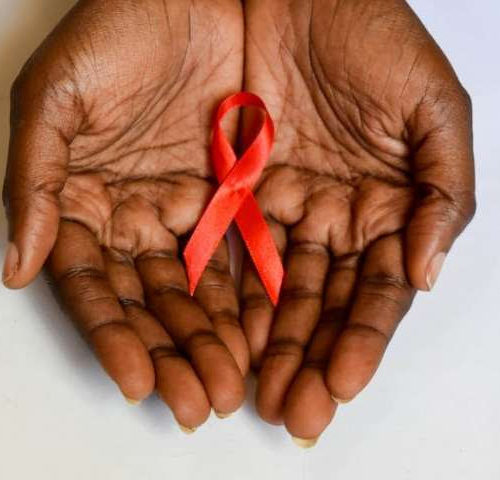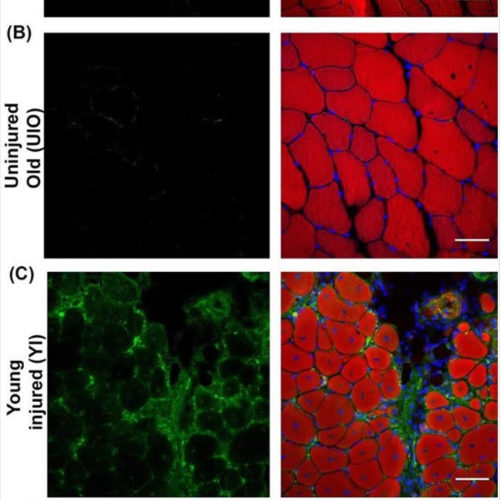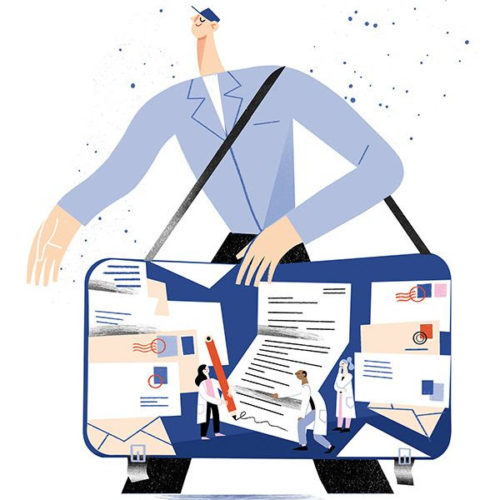by Linda-Gail Bekker, The Conversation The discovery of a rare new strain of HIV for the first time in nearly 20 years recently made headlines around the world. The big question is what the discovery means for the overall response to the HIV epidemic. A team of US researchers from Abbott, an American medical devices...
Why weight training may be the best exercise for everyone
by Michael Brown, University of Alberta While research shows little or no link between exercise and any meaningful long-term weight loss, that doesn’t mean exercising, particularly resistance training, doesn’t provide a long list of health benefits, both physical and mental. “From a scientific perspective, we probably don’t really know how to get people to lose...
How long coronaviruses persist on surfaces and how to inactivate them
by Ruhr-Universitaet-Bochum In order to test which surface disinfection works how well against corona viruses, the viruses are dried on steel plates and then treated. Credit: Toni Luise Meister und Stephanie Pfänder A review article summarizes everything that researchers know about the lifetime of corona viruses on surfaces and the effect of disinfectants. How long...
Physiological Roles of Klotho
What is Klotho? The klotho (kl) gene was identified as a regulator of normal ageing, where mutated forms led to accelerated ageing phenotypes. Therefore, klotho can be considered as an ‘ageing-suppressor’ gene. In ancient mythology, Klotho, or Clotho, was a daughter of the ancient Greek God Zeus and member of the three fates who was...
How an immune system regulator shifts the balance of immune cells
New findings may help scientists develop novel ways of tweaking the immune system to treat infections and disease ELIFE Researchers have provided new insight on the role of cyclic AMP (cAMP) in regulating the immune response. Their study, published today in eLife, reveals that cAMP shifts the type of immune system t-helper (Th) cells created...
Sweet nanoparticles trick kidney
UNIVERSITY OF FREIBURG In the past decade nanomedicine has contributed to better detection and treatment of cancer. Nanoparticles are several 100 times smaller than the smallest grain of sand and can therefore easily travel in the blood stream to reach the tumor. However, they are still too big to be removed by the kidneys. Since...
Step aside CRISPR, RNA editing is taking off
Making changes to the molecular messengers that create proteins might offer flexible therapies for cancer, pain or high cholesterol, in addition to genetic disorder Thorsten Stafforst found his big break at the worst possible time. In 2012, his team at the University of Tübingen in Germany discovered that by linking enzymes to engineered strands of...
Differences in lung cancer tumors found between East Asians and Europeans
by Bob Yirka , Medical Xpress A team of researchers from a host of institutions in Singapore and China has found that there are genetic differences between some lung cancer tumors in East Asians versus Europeans. In their paper published in the journal Nature Genetics, the group describes their analysis of tumors from East Asian...
Light therapy holds promise for people with bipolar disorder
by Kerry Blackadar, University of British Columbia But much less is known about the potential benefits of light therapy for people with bipolar disorder, one of the leading causes of disability worldwide. In a meta-analysis recently published in the Canadian Journal of Psychiatry, Dr. Raymond Lam—a professor in the department of psychiatry, director of the...
Exposing a virus’s hiding place reveals new potential vaccine
By figuring out how a common virus hides from the immune system, scientists have identified a potential vaccine to prevent sometimes deadly respiratory infections in humans. The research was conducted using human metapneumovirus (HMPV). The virus was discovered in 2001, but follow-up research has shown that it has circulated in humans for at least 50...







